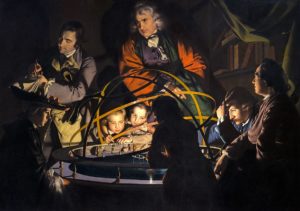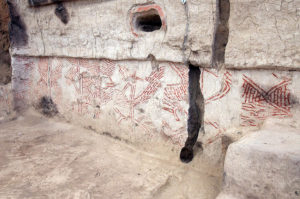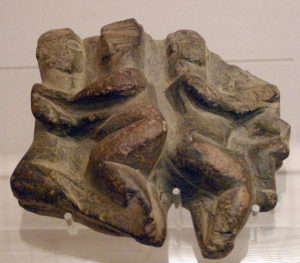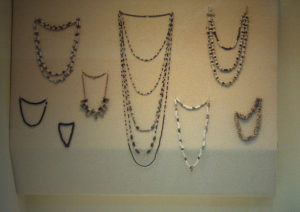 What’s even more important about these people is that they brought farming all the way across Europe. People didn’t grow a great deal of food prior to this group (as best we can tell), and they brought wheat, peas, lentils, barley, plums, hackberries, pistachios, almonds, sheep, goats, and even cattle. They filled Europe with agriculture.
What’s even more important about these people is that they brought farming all the way across Europe. People didn’t grow a great deal of food prior to this group (as best we can tell), and they brought wheat, peas, lentils, barley, plums, hackberries, pistachios, almonds, sheep, goats, and even cattle. They filled Europe with agriculture.
It took them quite a long time to do that, however. They first crossed from Asia (Turkey) to Europe (Greece) in about 6,900 BC, but didn’t reach Ireland until about 4,000 BC. One of the reasons for this was that they moved just a little bit at a time. Growing crops gave them a lot of food to store, use and trade, but moving it a long distance would have been very hard, and so they generally didn’t. But they did have to keep moving in small steps.
When you grow crops in a field, the first few years do very well, but after that, you get less and less food from the same field. And so these people moved from one field to the next every few years. That wasn’t a big problem, since there weren’t that many people and there was far more than enough good land available. Because of all this, they moved slowly, which is why it took them so long to reach the end of land in Ireland.
The map below shows how human use of plants and animals – agriculture – was spread by these people. The red portions show where we’ve found left-over plants and the remains of animals from between 9,500 BC and 7,000 BC. (We’ll explain how that is done later, and it’s important to understand that these dates are not exact, but are accurate enough.)
You can see from the map’s legend (the little box with colors and dates) where agriculture began in the various regions, and if you examine it for a few minutes, you’ll see how agriculture moved slowly across Europe.

Some of the best evidence we have for these people comes from Catalhoyuk, mostly because so many people lived in that one place, and left behind lots of garbage, as well of what’s left of their homes. By examining all of that, we can learn a great deal.
What we know about the people of Catalhoyuk is that they were peaceful, cooperative, individualistic, and artistic. They were clean, well dressed, well fed, and they worked hard.
Here is what remains of a wall painting:
 This sculpture from Catalhoyuk shows people dancing:
This sculpture from Catalhoyuk shows people dancing:
 And here’s some of their jewelry:
And here’s some of their jewelry:
 One of the odd things these people did was to burn their houses when they were done with them. They would remove all their things, start a fire inside their home, burn it out, knock down the remaining walls and pound it flat. After that, some other family might build a new house on the same spot.
One of the odd things these people did was to burn their houses when they were done with them. They would remove all their things, start a fire inside their home, burn it out, knock down the remaining walls and pound it flat. After that, some other family might build a new house on the same spot.
The map below shows the area of southeastern Europe where find burnt houses. It’s clear that these people took their custom with them, and continued it for a long time. They didn’t leave the pink area on this map until about 5,000 BC, and perhaps later.
 Another way we can tell who was where, and when, is with the pottery they left behind. Pottery, after all, doesn’t rot like food, leather, wood and most other things. Here is a map showing a certain style of pots (facial amphorae) that were found across Europe, in exactly the same directions and times that these people moved:
Another way we can tell who was where, and when, is with the pottery they left behind. Pottery, after all, doesn’t rot like food, leather, wood and most other things. Here is a map showing a certain style of pots (facial amphorae) that were found across Europe, in exactly the same directions and times that these people moved:

